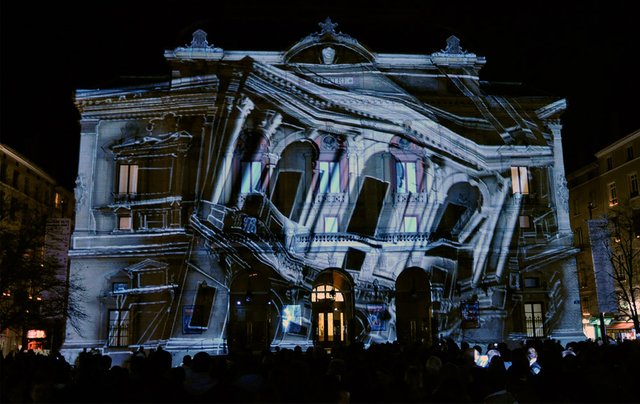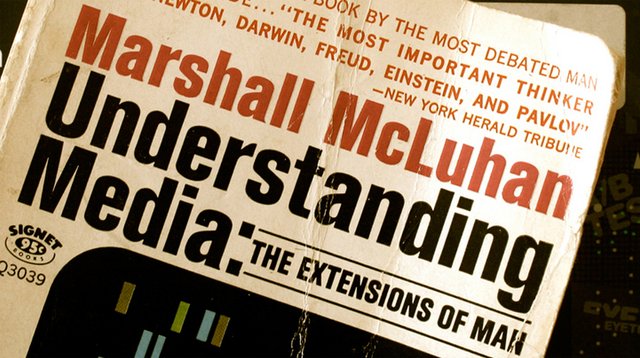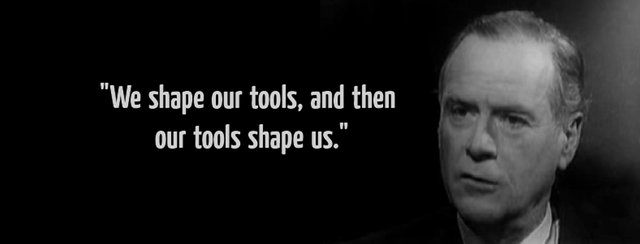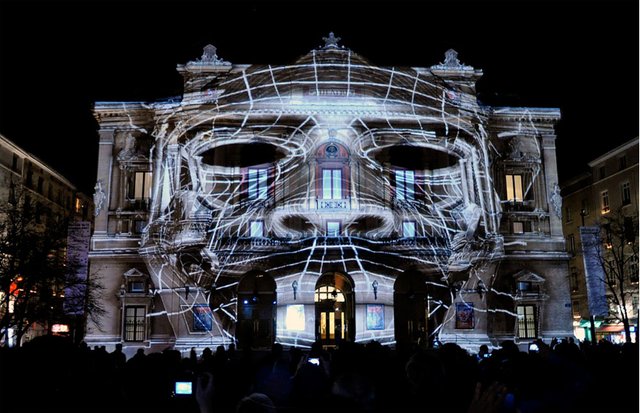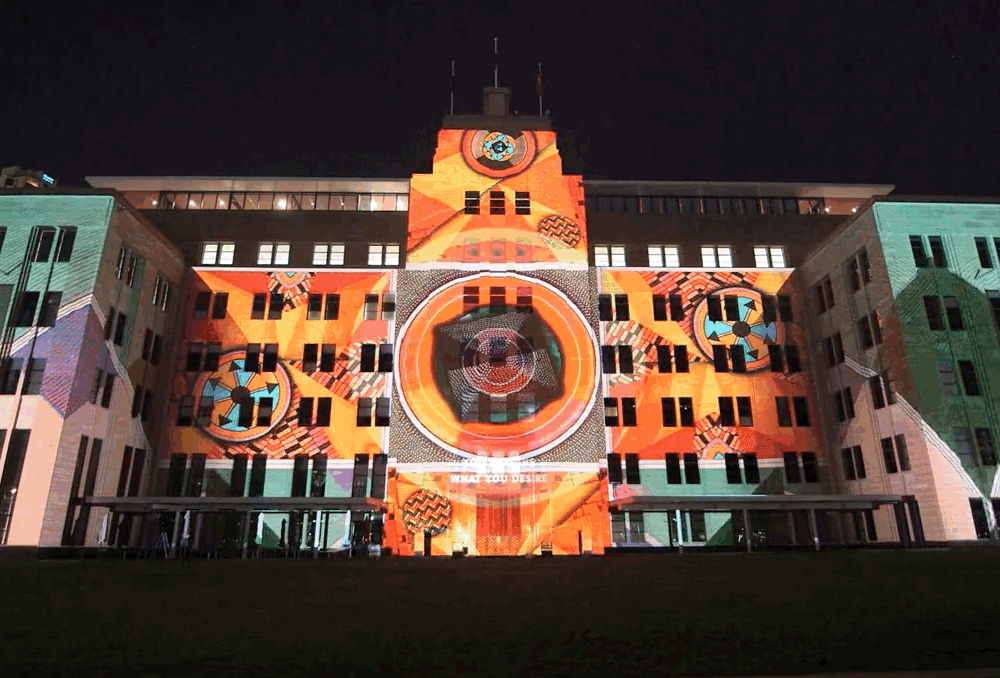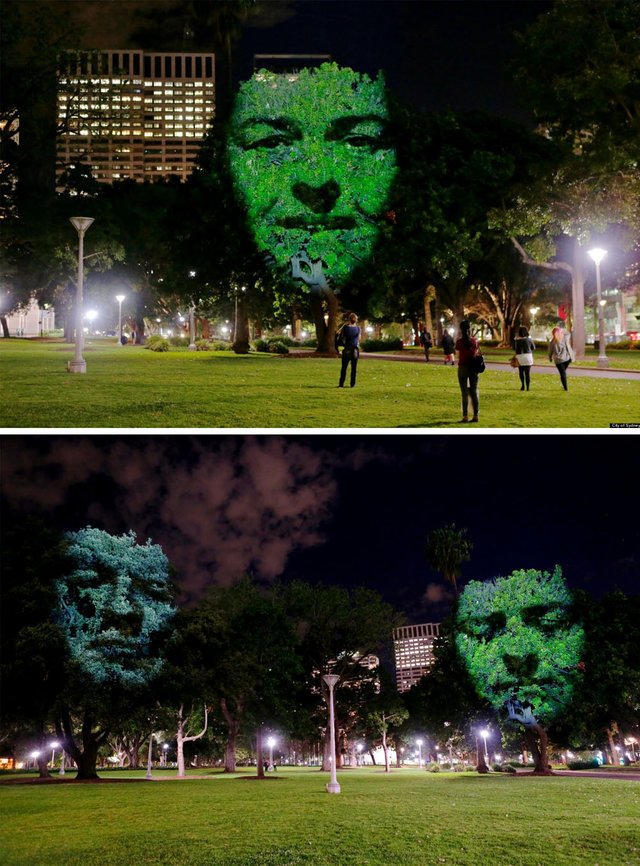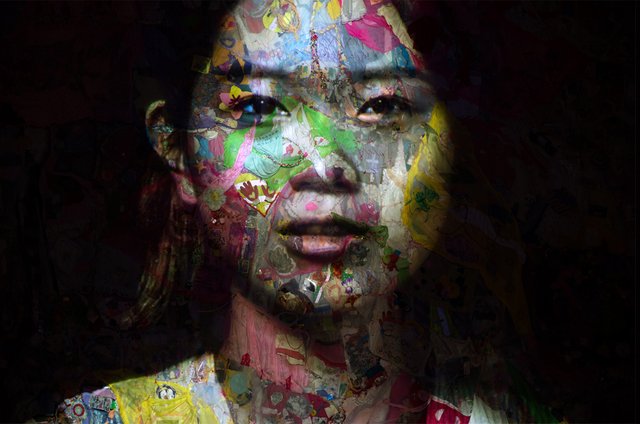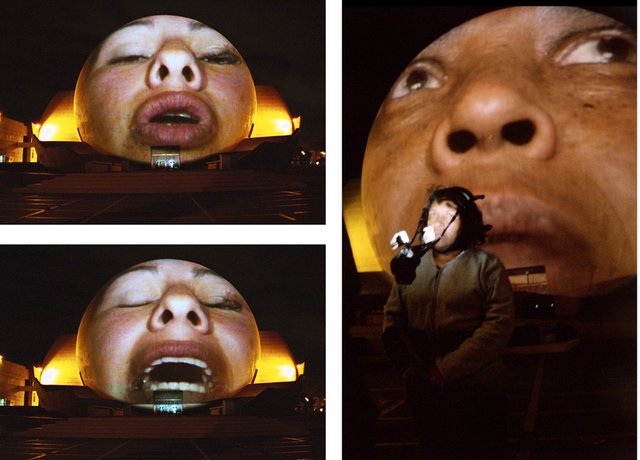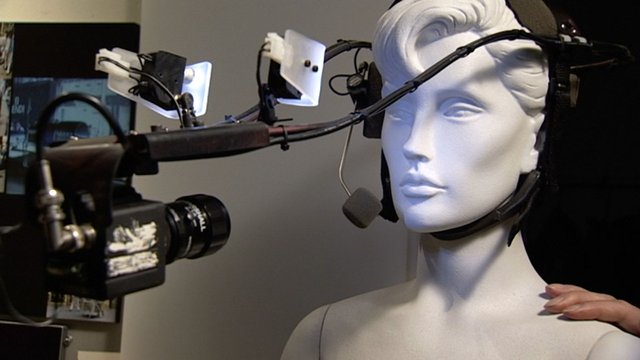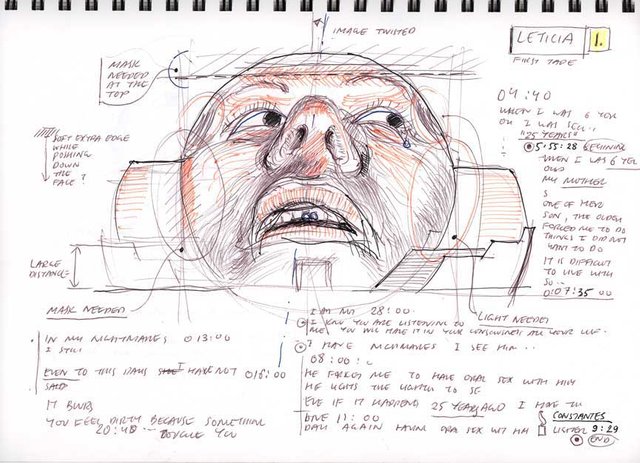Shining a Light on Alternative Creative Forms: Projection Art
Facade Mapping in Lyon, France. Source: Pinterest
Hello Steemians! After the past few weeks of presenting our initial work in Berlin, I wanted to pursue the next post in broadening the understanding of art and its application on the world. Today, I'll be focusing on PROJECTION ART and how this developing medium has become an extremely relevant practice in recent years.
Casting our Imagination
Before getting into specific types of projects, I briefly want to highlight the media theory of theorist Marshall McLuhan. His seminal text “Understanding Media: the Extensions of Man” presented an innovative way of treating the various popular media outlets that were quickly universalized in the 20th century – radio, tv, newspaper, etc.
Source: WBUR
McLuhan coins the phrase “The Medium is the Message,” arguing that the way in which information is conveyed to us as a society (not just the content itself) significantly affects us, our behavior, and our relationships. For example with television, the “medium” indirectly coerces us to sit in front of this device and passively receive the content given without any way in which to interact with that content (in stark contrast with the internet today). Social media on smartphones is the most recent embodiment of this as our human interactions are highly distorted due to the nature of systems such as Facebook or Twitter.
So as we explore the different sub-categories of projection art, there are a few key interests to keep in mind that are integral to using projection most incisively-
What is being projected? Obviously something must be conveyed and the content should be of some relevance.
What is being projected on? We assume most projections are on blank surfaces but all the following projects will use the surface as a vital strategy.
How is it being projected? This is more nuanced but brings to attention the time, frequency, and other aspects of the purpose of the projection.
Animating our Environments
Facade Mapping in Lyon, France. Source: Pinterest
One of the most popularized forms of projection in recent years is that of FACADE MAPPING. This technique uses special programs to determine the geometries of existing buildings and precisely overlay various colors, animations, and so forth, bringing the daily structure to life.
Work as fantastical as this has quickly become a favorite festival strategy for cities around the world. It is unintrusive, unobstructive, and always entertaining. Many artists have taken it as an opportunity to reveal the histories and diverse interiors of the buildings
Source: Sydney Art Mag
Public Storytelling & Solidarity
Art practitioners have really focused on projection as a legitimate creative medium in the last few decades, diverging from the projection mapping we saw above. Many including Craig Wasch take these animations as a way to tell stories in the public without the need overly-active engagement with a phone or other personal device. Instead, he tells the stories of people from those places, stories we would never typically hear without having to be in a very specific place or event such as a documentary film viewing.
Projections in Hyde Park. Source: The Huffington Post
These create a unique opportunity to juxtapose the material on which the content is projected and the particular form and sequence that the content has. Of course, sound and vibrancy add to the fully atmospheric quality of these works.
Projection for the Gwangju Biennial. Source: Asialink
Krzysztof Wodiczko is easily considered the herald of these techniques, specifically focusing on the stories of those who are so easily ignored by society and history. He uses his projection “devices” which include self-recording headsets to empower its users and effectively serve as a trauma-tackling technique. Wodiczko's work gives voice to those who had none.
Source: Art 21
The Tijuana projections showcase the power and relevance of artistic projections in contemporary society. Wodiczko mobilized former workers of the “maquiladora” industry (factory laborers who produce outsourced goods and typically operate in grayer areas of the law) to use a specially designed headset. They would sit in the main square of Tijuana and project themselves in real time onto the city's most historic buildings. The workers would tell their experiences of factory abuse, domestic violence, drug usage, and other deeply private histories that they shared in common with so many others.
Source: MIT
We've only scratched the surface of what this exciting and emerging area of contemporary art has provided the world and there is a great deal more work of other practitioners to explore. I hope this has revved up your creative juices this Monday!
